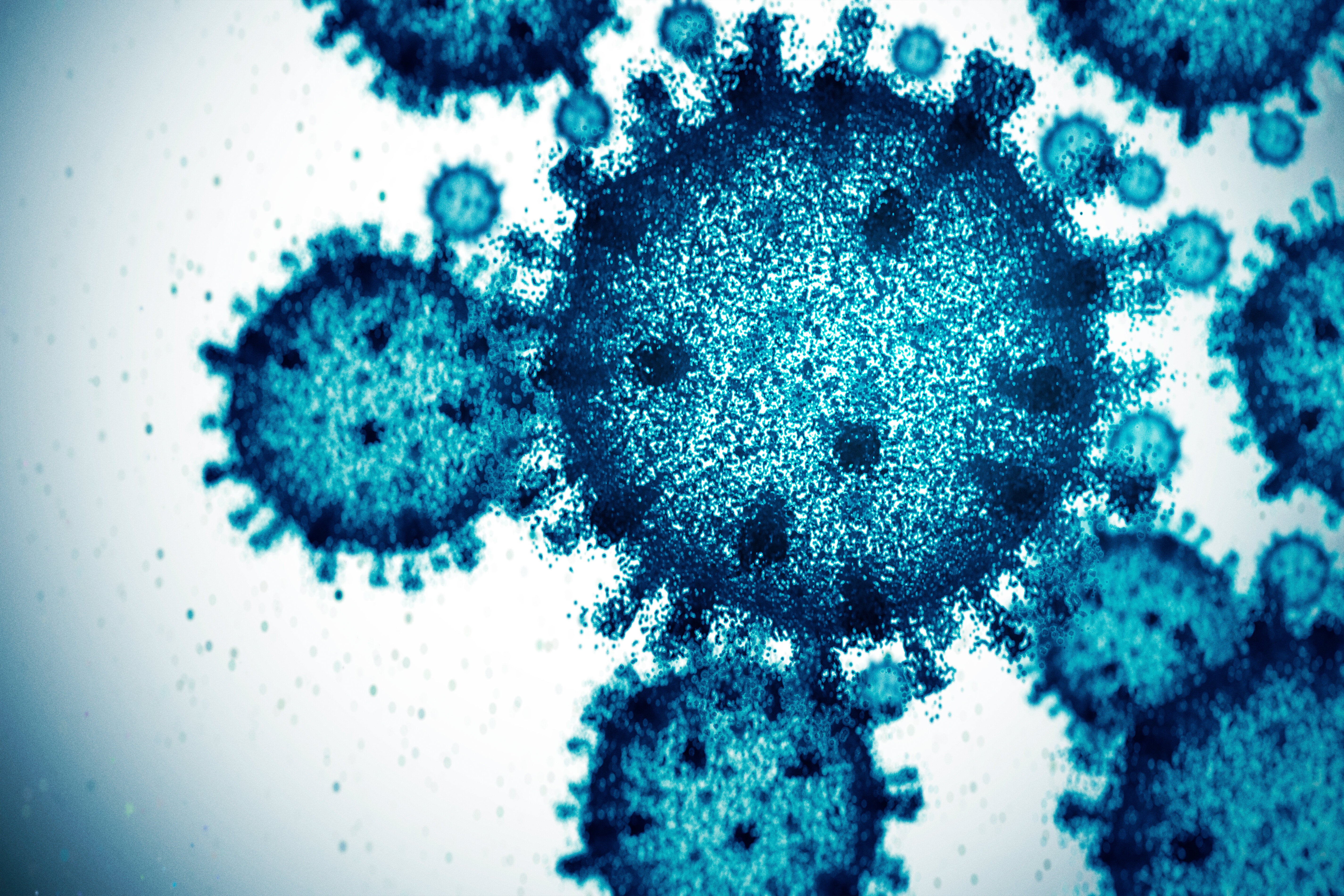
!function(n){if(!window.cnx){window.cnx={},window.cnx.cmd=[];var t=n.createElement('iframe');t.display='none',t.onload=function(){var n=t.contentWindow.document,c=n.createElement('script');c.src='//cd.connatix.com/connatix.player.js',c.setAttribute('async','1'),c.setAttribute('type','text/javascript'),n.body.appendChild(c)},n.head.appendChild(t)}}(document);(new Image()).src = 'https://capi.connatix.com/tr/si?token=ff7fdddc-5441-4253-abc4-f12a33fad58b';cnx.cmd.push(function(){cnx({"playerId":"ff7fdddc-5441-4253-abc4-f12a33fad58b","mediaId":"4938e737-1243-463f-89ed-76873faad029"}).render("683eb748e4b08b77a4616e54");});A new COVID variant known as NB.1.8.1 has made landfall in the United States. The variant, which was first detected in China this past January, currently accounts for 10% of the SARS-CoV-2 sequences tested from around the world, recent surveillance data found. That’s a significant jump from 2.5% four weeks ago. A Centres for Disease Control and Prevention (CDC) spokesperson told HuffPost that the agency is in regular contact with international partners about the activity of NB.1.8.1. To date, only 20 NB.1.8.1 sequences have been identi
Full Story